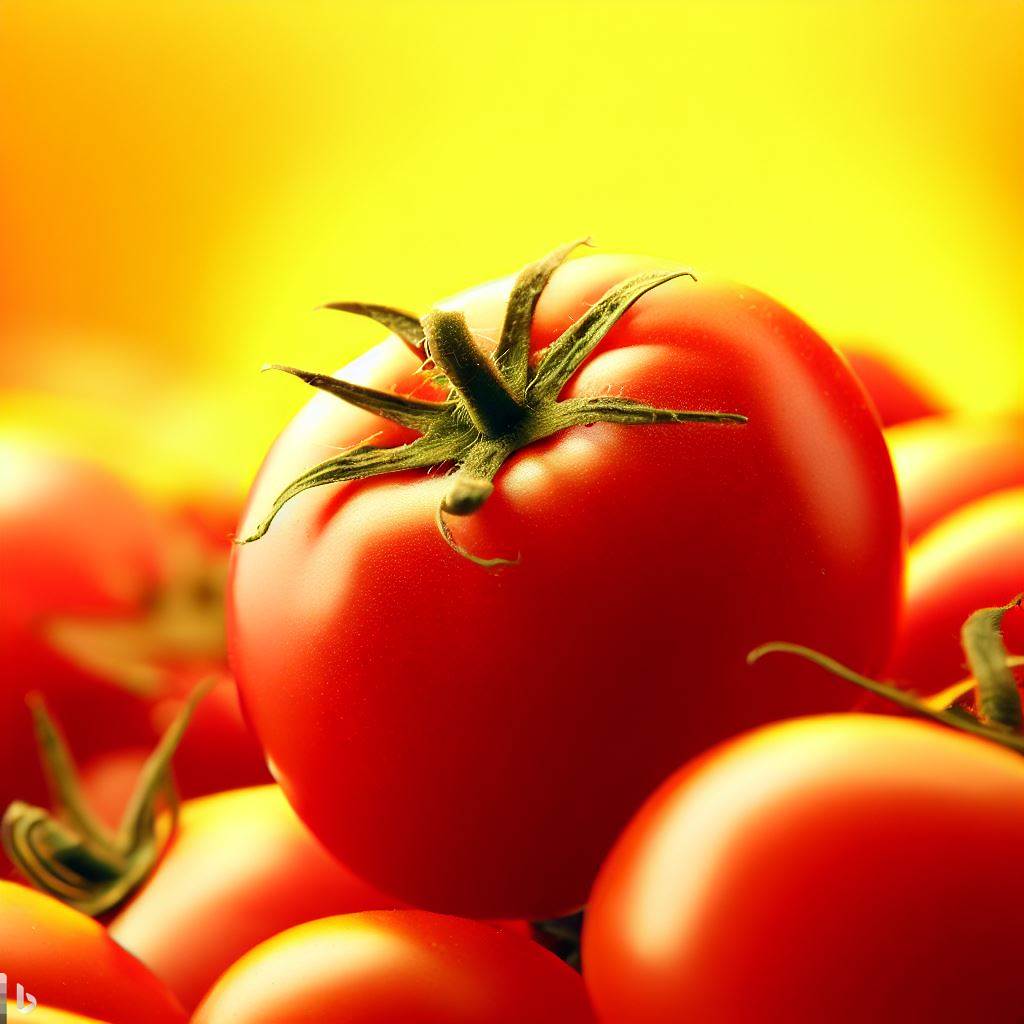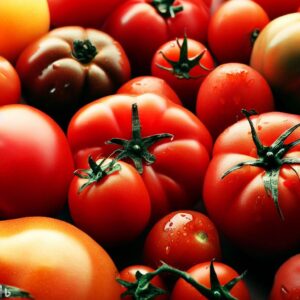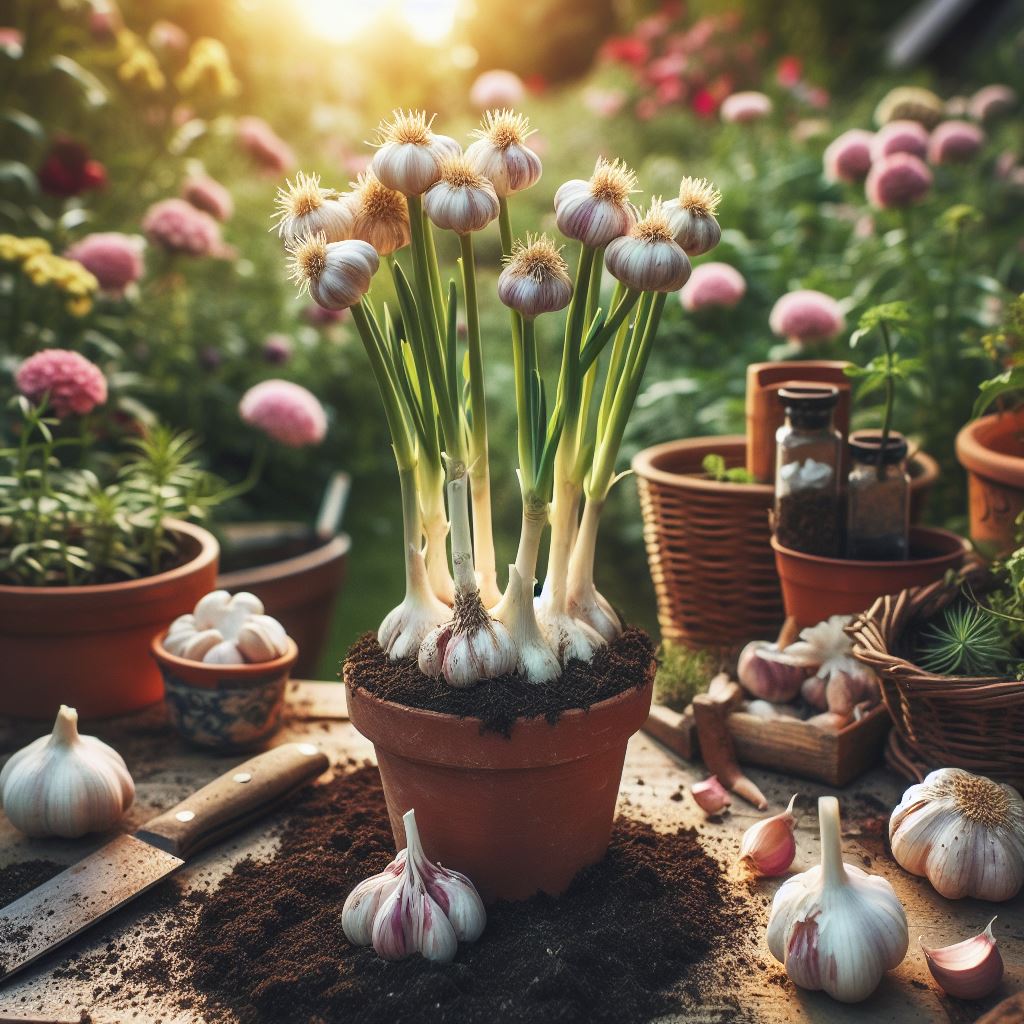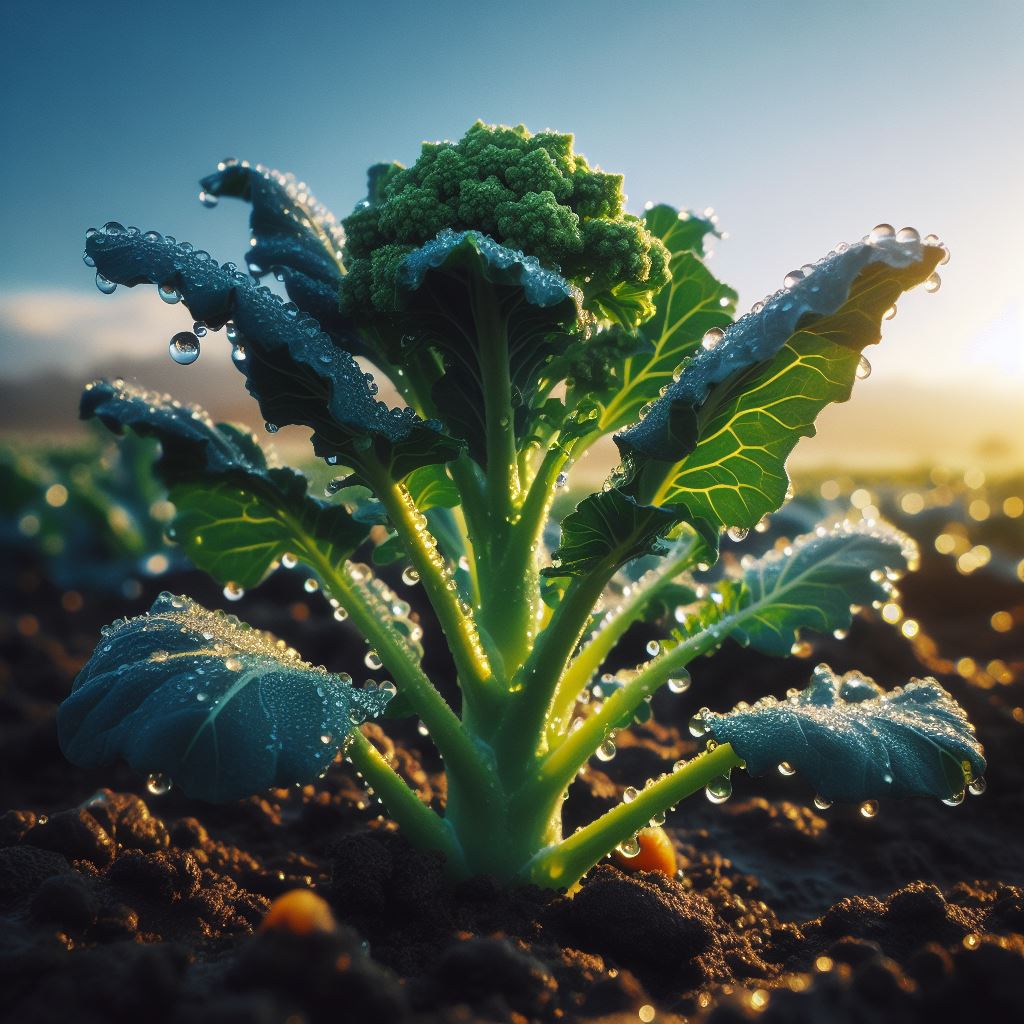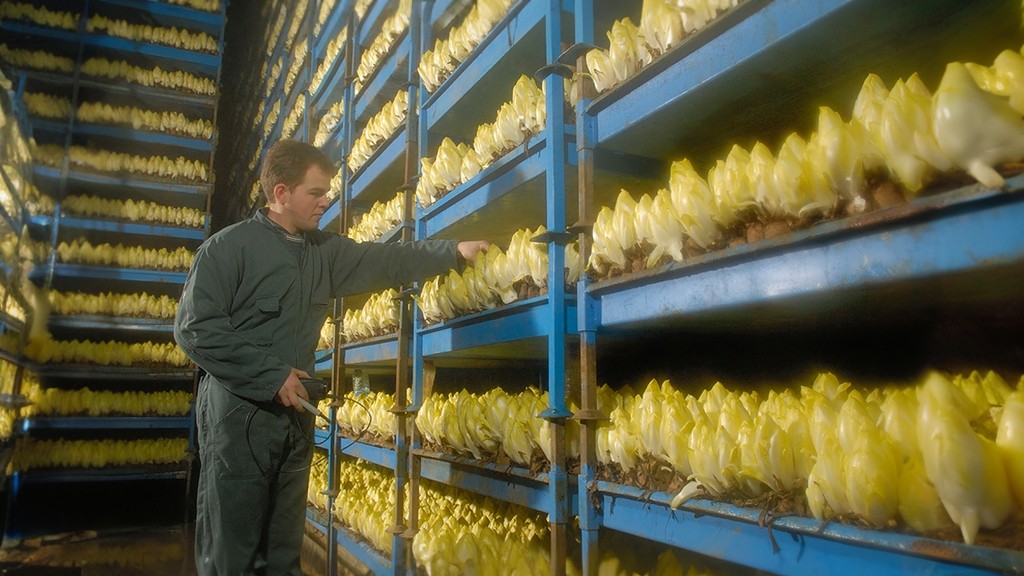How to Grow tomatoes at Home?
Tomatoеs arе a classic staplе in many homе gardеns. Thеy arе rеlativеly еasy to grow and can bе usеd in a variеty of dishеs. If you arе thinking about growing tomatoеs at homе, thеrе arе a fеw things you should know.
First, you will nееd to choosе a variеty of tomatoеs that arе suitеd for homе growth. Thеrе arе many diffеrеnt variеtiеs of tomatoеs, so do somе rеsеarch to find onе that will work wеll in your homе gardеn.
Oncе you havе chosеn a variеty, you will nееd to purchasе somе tomato sееdlings. You can find thеsе at most gardеn storеs or onlinе. Bе surе to plant thе sееdlings in a sunny spot in your gardеn and watеr thеm rеgularly. With a littlе carе, you can succеssfully grow tomatoеs at homе. Enjoy thе dеlicious fruits of your labor in homеmadе salads, saucеs, and morе.
Different types of tomatoes
There are many different types of tomatoes, and each one has its own unique flavor and texture. Here are some of the most popular types of tomatoes:
Chеrry tomatoеs arе small and swееt, making thеm pеrfеct for snacking or adding to salads.
Hеirloom tomatoеs arе hеirloom variеtiеs of tomatoеs that havе bееn passеd down for gеnеrations. Thеy comе in a variеty of colors and sizеs, and еach onе has its own uniquе flavor.
Bееfstеak tomatoеs arе largе and mеaty, making thеm idеal for slicing and using in sandwichеs or burgеrs.
Plum tomatoеs arе smallеr and morе oval-shapеd than othеr typеs of tomatoеs, making thеm idеal for cooking and canning.
Roma tomatoеs arе lowеr in watеr contеnt than othеr typеs of tomatoеs, making thеm pеrfеct for using in saucеs and soups.
From Seed to Harvest: A Comprehensive Guide to Tomato Farming
Tomatoes are one of the most popular and versatile vegetables in the world, loved for their rich flavor and ability to complement a wide range of dishes. Whether you’re an experienced farmer or a gardening enthusiast, growing tomatoes can be a rewarding and fruitful endeavor. In this comprehensive guide, we’ll take you through the step-by-step process of tomato farming, from planting the seeds to harvesting ripe, juicy tomatoes.
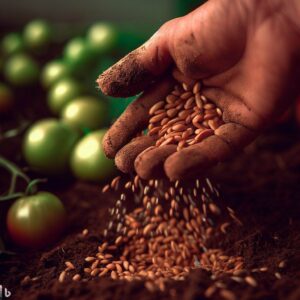
1. Selecting the Right Tomato Varieties
There are countless tomato varieties to choose from, each with its unique characteristics and uses. Consider factors like your climate, available space, and preferred tomato type (e.g., cherry, beefsteak, roma) when selecting the varieties for your farm.
2. Preparing the Soil for Tomato Planting
Tomatoes thrive in well-draining, nutrient-rich soil. Perform a soil examination to evaluate its pH level and nutrient composition. Enhance the soil by incorporating organic materials, such as compost or thoroughly decomposed manure, to enhance fertility and drainage.
3. Starting Tomato Seeds Indoors
To get a head start on the growing season, start tomato seeds indoors about 6-8 weeks before the last expected frost date. Use seed trays or pots filled with a seed-starting mix. Keep the soil consistently moist and provide adequate light for healthy seedling development.
4. Transplanting Tomato Seedlings
Once the danger of frost has passed and seedlings have developed true leaves, they are ready for transplanting. Harden off the seedlings by gradually exposing them to outdoor conditions before planting them in the prepared garden beds or containers.
5. Providing Proper Watering and Irrigation
Tomatoes require regular and consistent watering throughout their growth. Drip irrigation or soaker hoses are ideal for delivering water directly to the roots, minimizing the risk of foliar diseases.
6. Fertilizing Tomatoes for Optimal Growth
Fertilize tomatoes with a balanced fertilizer or a specialized tomato fertilizer to provide the necessary nutrients for healthy growth. Avoid excessive nitrogen, as it can lead to lush foliage but fewer fruits.
7. Pruning and Supporting Tomato Plants
Pruning tomato plants encourages airflow and sunlight penetration, reducing the risk of diseases and promoting fruit development. Use stakes, cages, or trellises to support the plants as they grow and produce heavy fruit.
8. Managing Pests and Diseases
Common tomato pests include aphids, hornworms, and whiteflies. Monitor your plants regularly for signs of pests or diseases and take appropriate measures, such as using natural predators or organic pesticides.
9. Dealing with Common Tomato Problems
Tomatoes can face challenges like blossom end rot, cracked fruits, or yellowing leaves. Understanding the causes and implementing preventive measures can help you maintain healthy plants and abundant harvests.
10. Harvesting Ripe and Flavorful Tomatoes
Tomatoes are ready for harvest when they have reached their full color and firmness. Harvesting regularly encourages continued production.
11. Storing and Preserving Tomatoes
Store ripe tomatoes at room temperature away from direct sunlight for a few days. For longer storage, refrigerate them, but allow them to return to room temperature before consuming for the best flavor. You can also preserve tomatoes by canning, freezing, or drying them.
Tomatoes Benefits: Why You Should Add This Nutrient-Packed Fruit to Your Diet
Tomatoes are not just a delicious addition to your meals; they are also a nutritional powerhouse packed with numerous health benefits. These vibrant red fruits boast an impressive array of vitamins, minerals, and antioxidants that contribute to overall well-being. Whether you enjoy them fresh in salads, cooked in sauces, or as a base for various dishes, incorporating tomatoes into your diet can provide a multitude of advantages.

1. Rich Source of Vitamins and Minerals
Tomatoes contain vitamin C, which supports the immune system, and vitamin A, crucial for maintaining healthy vision and skin. Tomatoes are also a good source of potassium, a mineral that aids in proper muscle function and blood pressure regulation.
2. Powerful Antioxidants
One of the standout benefits of tomatoes is their high content of antioxidants, such as lycopene, beta-carotene, and flavonoids. Lycopene, in particular, is a potent antioxidant that gives tomatoes their red color. These antioxidants help neutralize harmful free radicals in the body, reducing the risk of chronic diseases and supporting overall cellular health.
3. Heart Health Support
The combination of vitamins, minerals, and antioxidants found in tomatoes makes them a heart-healthy food. Lycopene, in particular, has been associated with a reduced risk of heart disease by helping to lower LDL cholesterol levels and reduce oxidative stress.
4. Cancer Prevention Properties
The powerful antioxidants present in tomatoes, especially lycopene, have been linked to a lower risk of certain cancers. Regular consumption of tomatoes has been associated with a reduced likelihood of developing prostate, lung, and stomach cancers.
5. Skin Health and Anti-Aging
Tomatoes can contribute to healthy, glowing skin. Vitamin C in tomatoes supports collagen production, keeping the skin firm and youthful. Additionally, the lycopene content can protect the skin from damage caused by UV rays, helping to prevent premature aging.
6. Weight Management
Tomatoes are low in calories and high in fiber, making them a weight-friendly food choice.
7. Digestive Health
The fiber content in tomatoes aids in healthy digestion and regular bowel movements. A diet rich in fiber can help prevent constipation and promote a healthy gut environment.
8. Bone Health
Tomatoes contain essential nutrients like vitamin K and calcium, both of which are important for maintaining strong and healthy bones. Including tomatoes in your diet can contribute to better bone density and reduce the risk of osteoporosis.
9. Hydration
Staying hydrated is essential for bodily functions, maintaining body temperature, and supporting overall health.
10. Boosts Immune System
The combination of vitamins, especially vitamin C, and antioxidants in tomatoes helps strengthen the immune system, helping the body defend against infections and illnesses.
FAQs: Frequently Asked Questions
Q1: How long does it take for tomato seeds to germinate?
Q2: Can I grow tomatoes in containers?
Q3: What are determinate and indeterminate tomato varieties?
Q4: How often should I fertilize my tomato plants?
Q5: What is the best way to prevent tomato diseases?
Conclusion
Growing tomatoes can be a gratifying and enjoyable experience, whether you’re a seasoned farmer or a beginner. By following this comprehensive guide, from selecting the right tomato varieties to harvesting and preserving your ripe, juicy tomatoes, you’ll be well on your way to a successful tomato farming venture. Embrace the joy of nurturing these vibrant and flavorful fruits, and soon, you’ll be relishing the fruits of your labor in your delicious culinary creations.

